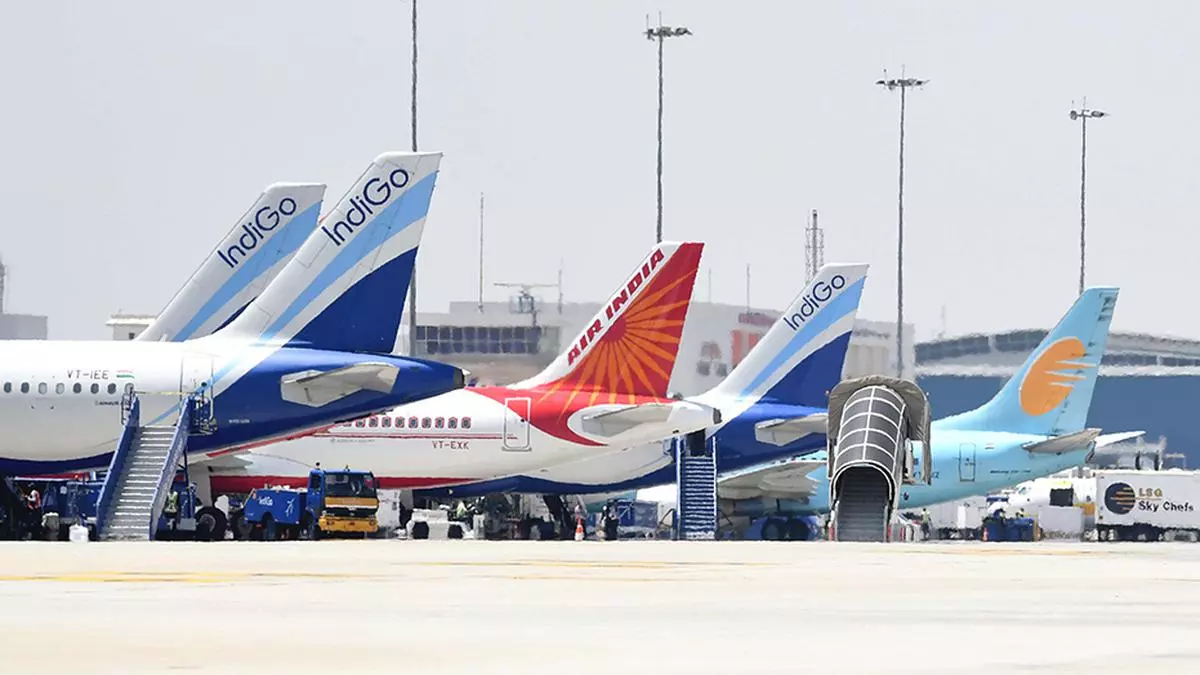Airlines are projected to report a lower net loss of ₹3,000 to 4,000 crore in the current as well as next financial years, helped by healthy passenger traffic growth and pricing discipline, a report said on Monday.
For February, credit rating agency ICRA in its report said domestic air passenger traffic was estimated at around 127.5 lakh.
The aviation sector has also been grappling with supply chain challenges and issues related to Pratt & Whitney (P&W) engines.
- Also read: 15 terminals take flight: India ups airport capacity for smoother journeys and regional growth
IndiGo grounded more than 70 planes due to P&W engine problems.
“It is estimated that 24-26 per cent of the total fleet of Indian airlines in operations will be grounded by March 31, 2024. Considering the bulk recall of the engines globally by P&W and other existing issues with the OEM’s engines, the testing by P&W is likely to take longer at 250-300 days,” the report said.
Meanwhile, it said the pace of recovery in industry earnings is likely to be gradual owing to the high fixed-cost nature of the business.
- Also read: Indian airlines’ international expansion plans hit by new pilot duty time rule
According to the report, the net loss is further expected to reduce significantly to “₹30-40 billion in FY2024 and FY2025”, as airlines continue to witness healthy passenger traffic growth and maintain pricing discipline.
“The industry reported a net loss of ₹170-175 billion in FY2023 due to elevated ATF prices twined with the depreciation of the INR against the USD.
“However, it is much lower than the net loss of ₹217 billion in FY2022, driven by the airlines’ improved ability to shore up their yields without impacting demand,” Icra said.
Giving a stable outlook for the country’s aviation industry, Icra said there is continued recovery in domestic and international air passenger traffic, and relatively stable cost environment and expectations of the trend continuing in FY2025.
While the grounding will result in high operating expenses, Icra said that healthy yields, high passenger load factor, and partial compensation available from engine Original Equipment Manufacturers (OEMs) would help absorb the impact to an extent.

